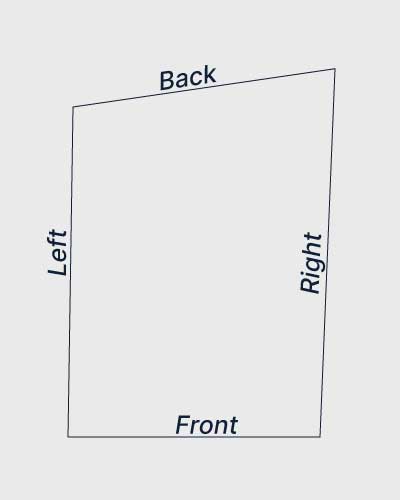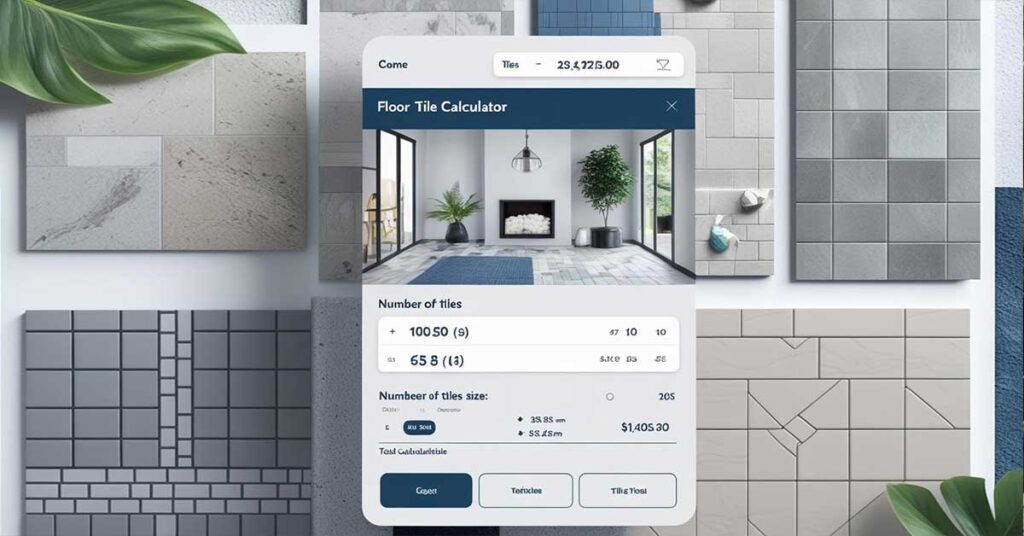
📐 How to Calculate Area of a Parallelogram-Rectangle Using Averaged Sides
In land measurement and construction, it’s common to encounter plots that aren’t perfect rectangles. The sides may be uneven, or corners may not be perfect right angles. These shapes are often called parallelogram rectangles or irregular rectangles.
For such cases, a practical and easy-to-use formula is:
🧮 Area Formula: Averaging Opposite Sides
To estimate the area of a slightly irregular four-sided figure:
📌 Formula:

This gives a reliable estimate when the shape is almost rectangular but not perfect.
📌 Why Use This Method?
This averaging method is perfect when:
- You’re measuring unequal opposite sides
- The plot is irregular but resembles a rectangle
- Exact angles or diagonals are not available
- You’re doing a quick estimate for construction, agriculture, fencing, or pricing
⚖️ Comparison with Other Area Formulas
| Shape Type | Formula | Best For |
|---|---|---|
| Perfect Rectangle | Length × Width | Equal sides, 90° corners |
| Parallelogram | Base × Height | Slanted plots, equal sides |
| Irregular Quadrilateral | [(Front + Back)/2] × [(Left + Right)/2] | Uneven but rectangle-like |
🧠 Final Thoughts
When you’re dealing with a nearly rectangular shape with slightly unequal sides, this formula offers a quick and effective way to calculate the area: Area=(Front+Back2)×(Left+Right2)\text{Area} = \left( \frac{\text{Front} + \text{Back}}{2} \right) \times \left( \frac{\text{Left} + \text{Right}}{2} \right)Area=(2Front+Back)×(2Left+Right)
It’s a practical shortcut used widely in:
- Real estate
- Land mapping
- Construction estimation
- Gardening or landscaping
📎 Want a calculator for this formula?
Let me know — I can help you add a visual tool or calculator to embed in your site or blog!


